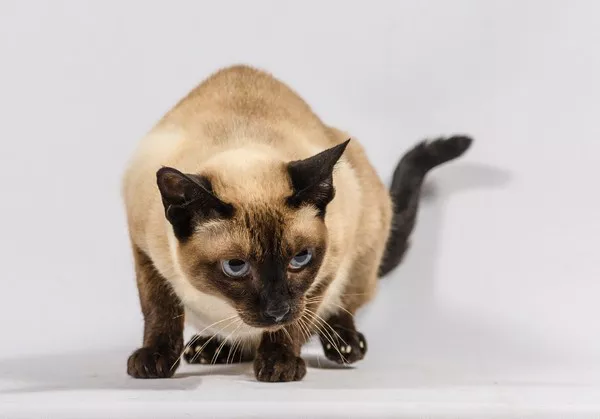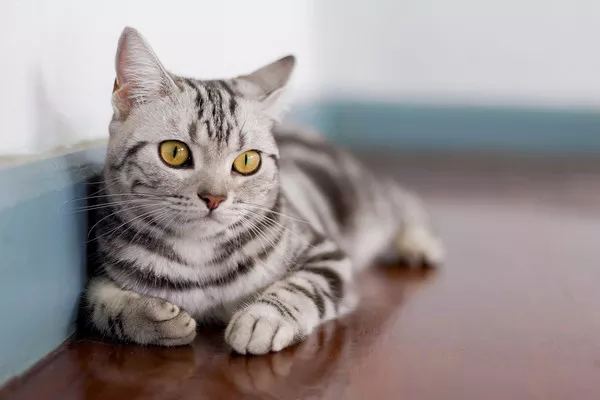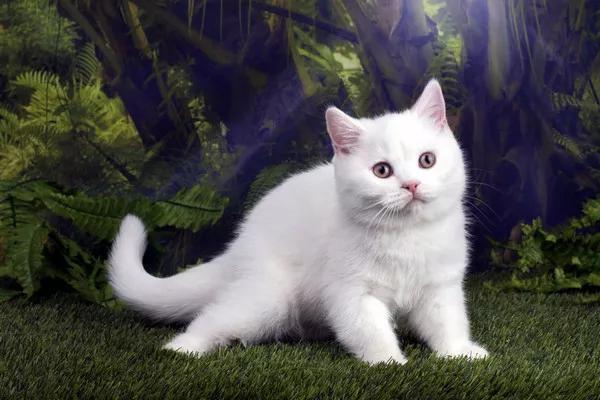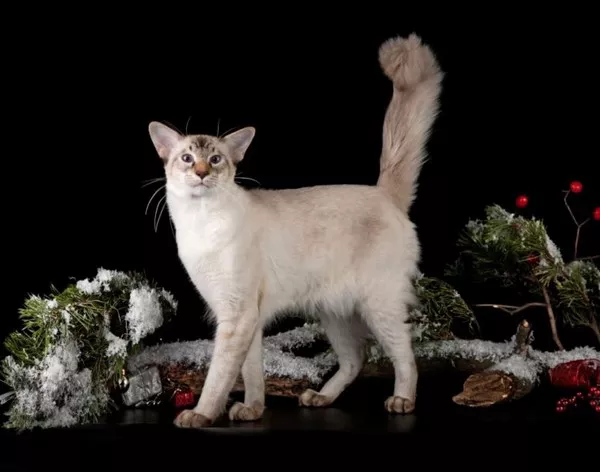As a cat owner, you’re likely familiar with your feline friend’s curiosity about food. Cats often show interest in the food their human companions enjoy, and one question that frequently arises is whether cats can eat cheese. In this article, we’ll delve into the world of feline nutrition to answer the question: Can cats eat cheese? We’ll explore the benefits, risks, types of cheese that are safe for cats, moderation guidelines, and alternative treats to consider.
The Benefits of Cheese for Cats
1. Protein Source
Cheese is a source of protein, an essential nutrient for feline health. Protein supports muscle growth, repair, and overall well-being.
2. Calcium Content
Cheese contains calcium, which is crucial for maintaining healthy bones and teeth in cats. Adequate calcium intake supports their skeletal structure.
Risks Associated with Feeding Cheese to Cats
1. Lactose Intolerance
Many adult cats are lactose intolerant, meaning they lack the enzyme lactase needed to properly digest lactose, a sugar found in milk and dairy products like cheese.
2. Digestive Upset
Feeding cheese to lactose-intolerant cats can lead to digestive upset, including diarrhea, vomiting, and discomfort.
See Also: What Can You Give a Kitten for Diarrhea: Effective Solutions
Types of Cheese Safe for Cats
1. Low-Lactose Options
Certain types of cheese have lower lactose content and may be more tolerable for some cats. These include hard cheeses like cheddar and Swiss.
2. Cottage Cheese
Cottage cheese is often considered a cat-friendly dairy option due to its higher protein content and lower lactose levels.
Moderation and Portion Control
1. Small Treats
If your cat can tolerate cheese, offer it in small quantities as an occasional treat rather than a regular meal.
2. Monitor for Reactions
Pay close attention to how your cat reacts after consuming cheese. If you notice any signs of digestive distress, discontinue cheese as a treat.
Alternatives to Cheese for Cats
1. Cat-Specific Treats
Opt for treats specifically formulated for cats, as they are designed to meet their nutritional needs and are less likely to cause digestive issues.
2. Fresh Meat or Fish
Lean, cooked meats or fish can be a healthier alternative treat for cats, providing them with protein without the risks associated with cheese.
See Also: What Fruits Can Cats Eat: A Guide to Safe & Healthy Fruit for Cats
Introducing New Foods to Cats
1. Gradual Introduction
If you’re considering introducing cheese or any new food to your cat’s diet, do so gradually. Start with a tiny portion and observe their reaction.
2. Consult with a Veterinarian
Before introducing any new food, it’s advisable to consult your veterinarian. They can provide guidance based on your cat’s individual health and dietary needs.
Cats with Special Dietary Requirements
1. Senior Cats
Senior cats or those with specific health conditions may require a specialized diet. Consult your veterinarian before incorporating any new treats into their routine.
2. Weight Management
If your cat is overweight or prone to weight gain, it’s essential to choose treats that align with their weight management plan.
See Also: Can Cats Eat Rice? A Comprehensive Guide
Conclusion
In conclusion, while cheese can be a tempting treat for cats, it’s essential to consider their individual tolerance and nutritional needs. Cheese offers benefits such as protein and calcium, but it also poses risks, especially for lactose-intolerant cats. If you decide to offer cheese as an occasional treat, opt for low-lactose options like hard cheeses or cottage cheese, and ensure portion control. Alternatively, explore cat-specific treats or fresh, lean meats as healthier alternatives. Remember, consulting your veterinarian before introducing new foods is crucial to ensure your feline friend’s health and well-being. By making informed choices, you can provide your cat with treats that are both enjoyable and compatible with their dietary requirements.



























